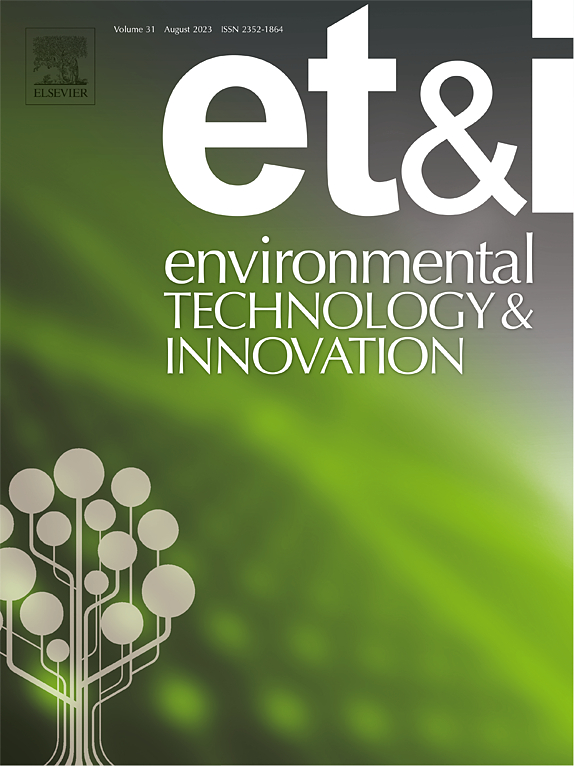Machine learning-based prediction of the C/N ratio in municipal organic waste
IF 6.7
2区 环境科学与生态学
Q1 BIOTECHNOLOGY & APPLIED MICROBIOLOGY
引用次数: 0
Abstract
Carbon-to-nitrogen (C/N) ratio plays a crucial role in managing organic waste in urban settings as it facilitates composting processes and nutrient reclamation. Encouraging composting and nutrient recovery aids in diminishing the waste disposal in landfills and mitigating the associated greenhouse gas emissions. This research uses machine learning techniques to predict carbon-to-nitrogen (C/N) ratio of organic waste present in municipal solid waste (MSW). The actual data, sourced from the Solid Waste Management Organization in Mashhad County, Iran consists of chemical analyses related to organic waste component in 17 cities. Factors such as percentage of organic waste, moisture content, ash content, pH level, and C/N ratio offer valuable information on the characteristics of organic waste. Cubic spline curve fitting is employed to interpolate the data, and subsequently, the dataset is partitioned into training and testing sets to aid in model development and evaluation. Five machine learning models (AdaBoost, Random Forest, Extra Trees, Decision Tree, and CatBoost) are utilized, and a systematic exploration of hyperparameters is conducted. The Extra Trees model exhibited outstanding accuracy, with R² values of 1.0 for the training phase and 0.97 for the testing phase, accompanied by minimal Mean Squared Error (MSE) values of 0 and 0.114, respectively. Furthermore, this investigation utilized SHAP analysis to examine the importance of features, uncovering that ash content (%) emerged as the most significant factor in forecasting the C/N ratio. Thus, the Extra Trees model emerges as a reliable instrument for forecasting the C/N ratio across 17 municipalities within Mashhad County.
求助全文
约1分钟内获得全文
求助全文
来源期刊

Environmental Technology & Innovation
Environmental Science-General Environmental Science
CiteScore
14.00
自引率
4.20%
发文量
435
审稿时长
74 days
期刊介绍:
Environmental Technology & Innovation adopts a challenge-oriented approach to solutions by integrating natural sciences to promote a sustainable future. The journal aims to foster the creation and development of innovative products, technologies, and ideas that enhance the environment, with impacts across soil, air, water, and food in rural and urban areas.
As a platform for disseminating scientific evidence for environmental protection and sustainable development, the journal emphasizes fundamental science, methodologies, tools, techniques, and policy considerations. It emphasizes the importance of science and technology in environmental benefits, including smarter, cleaner technologies for environmental protection, more efficient resource processing methods, and the evidence supporting their effectiveness.
 求助内容:
求助内容: 应助结果提醒方式:
应助结果提醒方式:


